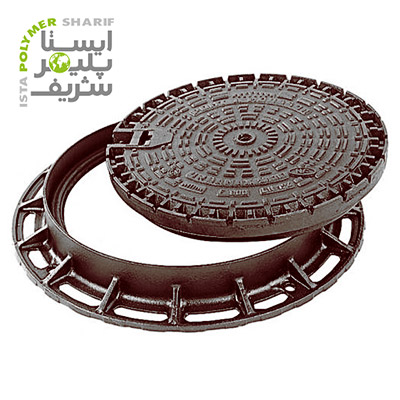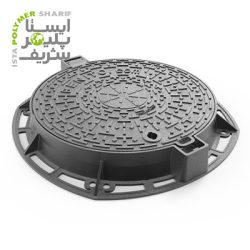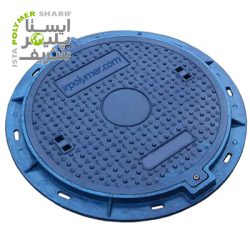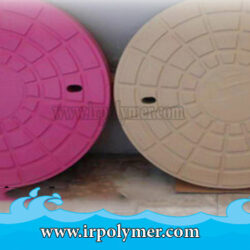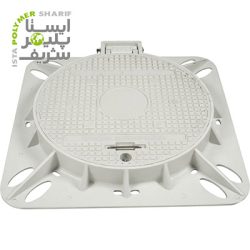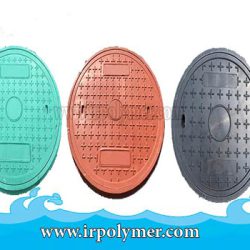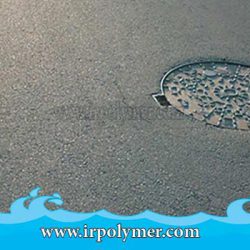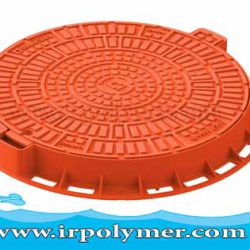You might have noticed the covers at the entrances of wells. These manhole covers are used as coverings for wells and come in various models and materials available in the market. One of them is the cast iron manhole cover, which is made from cast iron and has a much longer history compared to covers made from other materials. Certainly, these covers have their advantages and disadvantages, which we at ABtank have compiled for you.
Specifications of Cast Iron Manhole Covers
As we know, cast iron is composed of alloys such as carbon (2.6%), iron (95%), and silicon (3%). Steel, like cast iron, also contains carbon, but the carbon content in cast iron is more than two percent. These covers have historically been used as covers for well holes, pits, telecommunications facilities, water companies, and Sewer Manhole Covers and gas covers. Cast iron covers are highly durable and widely used. Due to their unique shape and reasonable price, cast iron manhole covers are particularly popular.
Dimensions of Cast Iron Covers
Once these covers are made, they undergo granulometry tests in the laboratory and are then used in various environments. The steam pressure for making these covers should be 8 hours. These types of covers are produced in different dimensions depending on their usage (various industries and casting) in square, circular, and rectangular shapes. The most important square covers range in length from 30 cm to 100 cm.
In rectangular shapes, the dimensions are 30×20, 40×30, 50×40, 60×50 cm, and up to 100×80 cm. In circular molds, the sizes are 60 and 100 cm. These covers include three types of coatings: metallic (cast iron, iron, steel, composite, nano-composite, copolymer), concrete (ordinary concrete and steel fiber-reinforced concrete), and composite (FRP, which is fiber-reinforced plastic, BMC containing calcium carbonate and fiberglass and steel rods, SMC comprising polyester resins, calcium carbonate, and additives).
Advantages of Using Cast Iron Covers
These covers use cast iron, a very strong metal. This cover is especially popular among people, and most people use it. This type of cover can be produced in all six resistance grades. Due to its high tensile strength, this cover is widely used.
One of the most important applications of this cover is for covering underground wells. This prevents people from falling into wells and pits. When repairs need to be made to water and sewage lines or power and gas lines, the cast iron manhole cover must be removed to carry out the repairs.
The disadvantages of these covers include their heavy weight, making transportation difficult. Additionally, due to the high value of iron as a metal worldwide, these cast iron covers become attractive targets for thieves, causing significant losses to organizations and governments. Moreover, due to the nature of these covers, they undergo corrosion and rust over time, making them unsuitable for humid areas. In contrast, new covers such as composite manhole covers and polymer concrete covers are modern alternatives made with current science and technology, which have become popular among ABtank customers today.
These covers are made in various designs and sold in the market. To improve the performance of these cast iron covers, manufacturers add some sulfate-resistant cement to them. The production of high-quality cast iron manhole covers is carried out by Iranian company ABtank.

